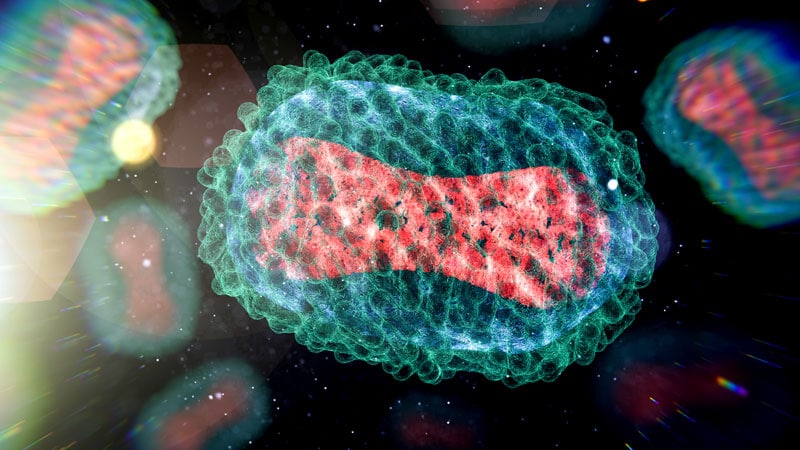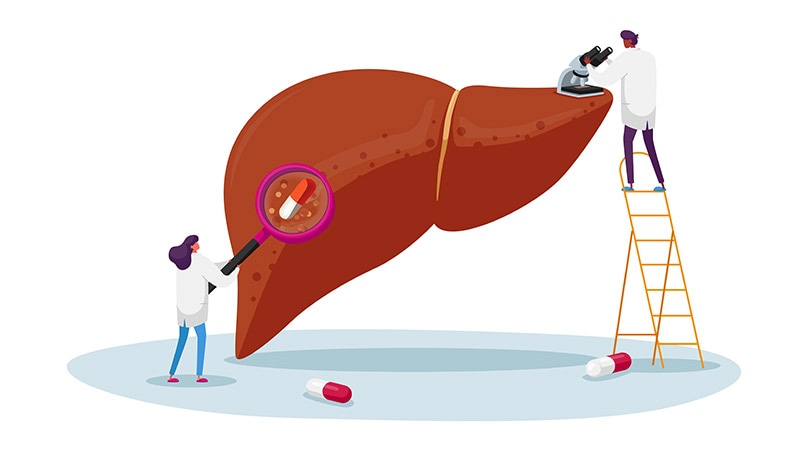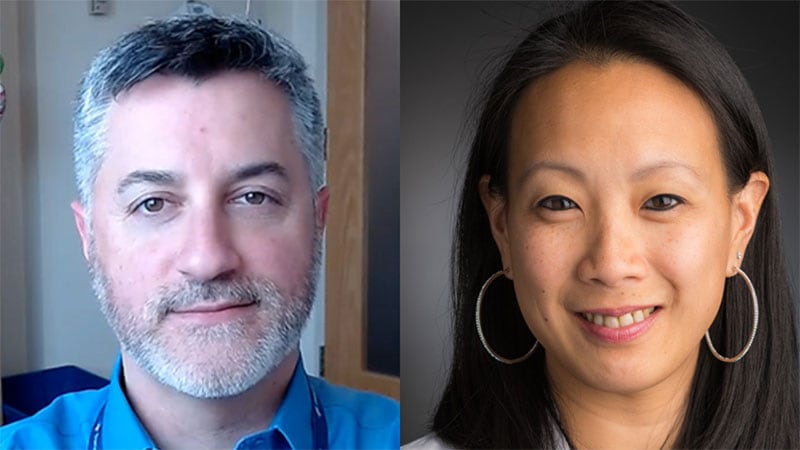In patients with ST-elevation myocardial infarction (STEMI) and multivessel disease, fractional flow reserve (FFR)-guided complete nonculprit revascularization did not reduce death, myocardial infarction (MI) or unplanned revascularization compared with culprit lesion-only percutaneous coronary intervention (PCI).
"Around half of all patients undergoing primary PCI to the culprit lesion in STEMI have multivessel disease, with one or more angiographically significant nonculprit lesions," Felix Böhm, MD, PhD, Karolinska Institute and Danderyd Hospital, Stockholm, Sweden said in a presentation on April 8 at the American College of Cardiology (ACC) Scientific Session 2024.
"Previous randomized controlled trials have shown that nonculprit-lesion PCI reduces repeat revascularization," he said. "But the effect on hard endpoints like death and MI have been variable, and the benefit of FFR-guided complete revascularization on hard endpoints remains unclear."
Böhm reported results from the FULL REVASC trial which, contrary to previous randomized controlled trials with similar patients, showed that complete revascularization was not superior to culprit-only PCI in reducing those hard endpoints.
The study was also simultaneously published online in The New England Journal of Medicine.
Between-Group Efficacy, Safety Similar
The FULL REVASC trial recruited patients from 32 centers in seven countries. Patients with STEMI or very-high-risk non-STEMI (NSTEMI) and multivessel disease who were undergoing PCI of the culprit lesion were randomized to either FFR-guided complete revascularization of nonculprit lesions or no further revascularization.
The primary outcome was a composite of death from any cause, MI, or unplanned revascularization. Secondary outcomes included a composite of death from any cause or MI and unplanned revascularization.
"The original plan was to include 4052 patients at 80% power, for a hazard risk ratio (HRR) of 0.75 for death or MI," Böhm told conference attendees. That changed after publication of the COMPLETE trial, which showed that in STEMI patients, complete revascularization was in fact superior to culprit lesion-only PCI in reducing the risk of cardiovascular death or MI, as well as the risk of cardiovascular death, MI, or ischemia-driven revascularization.
At that point, FULL REVASC, which was still recruiting, was halted for feasibility and ethical reasons, Böhm said. The investigators adjusted their plan and followed their already included 1542 patients at 74% power for HRR for death, MI, or unplanned revascularization as the new primary endpoint.
In the new trial design, a total of 1542 patients (mean age, 65 years; 76%, men) were assigned to FFR-guided complete revascularization or culprit lesion-only PCI.
At a median follow-up of 4.8 years, a primary-outcome event had occurred in 145 patients (19.0%) in the complete-revascularization group and in 159 (20.4%) in the culprit lesion-only group (HR, 0.93; 95% CI, 0.74-1.17; P = .53).
With respect to secondary outcomes, no apparent between-group differences were seen in the composite of death from any cause or MI (HR, 1.12; 95% CI, 0.87-1.44) or unplanned revascularization (HR, 0.76; 95% CI, 0.56-1.04).
Furthermore, no apparent between-group differences were observed with respect to most of the other secondary outcomes, with HRs as follows: death from any cause, HR 1.15 (95% CI, 0.83-1.58); death from cardiovascular causes, 0.87 (95% CI, 0.55-1.39); MI, 1.09 (95% CI, 0.76-1.57); and composite of death from cardiovascular causes, MI, or unplanned revascularization, 0.80 (95% CI, 0.62-1.03).
Revascularization occurred in 78 patients (10.2%) in the complete revascularization group and in 128 (16.5%) in the culprit lesion-only group (HR, 0.59; 95% CI, 0.45-0.78).
Stent thrombosis occurred in 19 patients (2.5%) in the complete group and in seven (0.9%) in the culprit lesion-only group (HR, 2.80; 95% CI, 1.18-6.67).
Results for the primary outcome appeared to be consistent across subgroups, including age, diabetes, nonculprit stenosis grade on visual estimation, and the presence of a nonculprit lesion in the proximal left anterior descending coronary artery.
In addition, there were no apparent between-group differences with respect to safety outcomes.
Questions Remain
The findings prompted several questions from panelist William Fearon, MD, a professor at Stanford University School of Medicine, California. Regarding nonculprit disease, he wondered whether the severity of the lesions could explain some of the differences between the FULL REVASC findings and other trials, given that only about 40% of lesions required PCI in the nonculprit vessels, whereas the number in other trials was a bit higher.
Böhm said about 47% of all lesions measured were "significant," which is around the same as in previous trials. "I'm not convinced that lesion severity had much to do with the results. It may be that patients were very well treated with guideline-directed drugs, so that the risks were low in both groups."
Fearon noted that there was more separation between the outcome curves at one year, and wondered whether the team looked at the one-year follow-up compared with after one year, and if the difference attenuated with longer follow-up.
A long follow-up might make all-cause mortality more important, Böhm acknowledged. For cardiovascular mortality, a meta-analysis could help determine "the real importance of doing nonculprit lesion PCI."
Fearon then asked why all-cause death was chosen as a primary endpoint for the trial instead of cardiovascular death. "Was there a reason to choose all-cause? For example, because it was a registry-based trial and easier to adjudicate?"
Böhm said yes, one of the reasons was that it was easier to tell if the patient was dead or alive. "We wanted to be sure of our endpoints, and we did not want to adjudicate death."
Did the pandemic affect the team's follow-up, Fearon wondered. "Could it have had any impact on repeat revascularization in the culprit-only group, for example?"
'We saw in Sweden that in the first half year or so, the number of people who sought care for MI went down maybe 25% or 40%," Böhm said. "But then we did a campaign that said it's more dangerous to stay at home. So, I think the pandemic may have affected the results only for the first half year or so."
Vijay Kunadian, MD, of Newcastle University and Cardiothoracic Centre, Freeman Hospital, Newcastle Upon Tyne Hospitals NHS Foundation Trust, United Kingdom, also raised several issues in an accompanying editorial.
For example, he wrote that PCI was performed in nonculprit vessels in only 18.8% of vessels in the complete revascularization group (94.1% of all nonculprit vessels with an FFR ≤ 0.8), which is lower than in previous trials — ie, complete revascularization was achieved in 90% after nonculprit PCI in the COMPLETE trial.
"Another important question…is whether FFR-guided PCI is superior to angiography-guided PCI, which was not tested in the current trial but was evaluated in two previous trials with conflicting results," he wrote.
Selection bias was also possible, because the trial did not include enough patients with high-grade nonculprit lesions and three-vessel disease — ie, those who might benefit most from complete revascularization.
And, given that only 9% of participants presented with high-risk NSTEMI, he noted, the findings might not apply entirely to this patient group.
"For more definitive evidence on the roles of physiological guidance and imaging in the management of nonculprit lesions in patients with acute coronary syndromes, we await the results of the ongoing COMPLETE-2 trial, which will recruit more than 5000 patients with STEMI and NSTEMI," Kunadian concluded.
The trial was funded by the Swedish Research Council, the Swedish Heart-Lung Foundation, the Stockholm County Council, Abbott and Boston Scientific. Böhm reported institutional grants from Abbott Laboratories and Boston Scientific. Kunadian reported no disclosures.
Marilynn Larkin, MA, is an award-winning medical writer and editor whose work has appeared in numerous publications, including Medscape Medical News and its sister publication MDedge, The Lancet (where she was a contributing editor), and Reuters Health.

.webp) 1 week ago
16
1 week ago
16





























 English (US)
English (US)